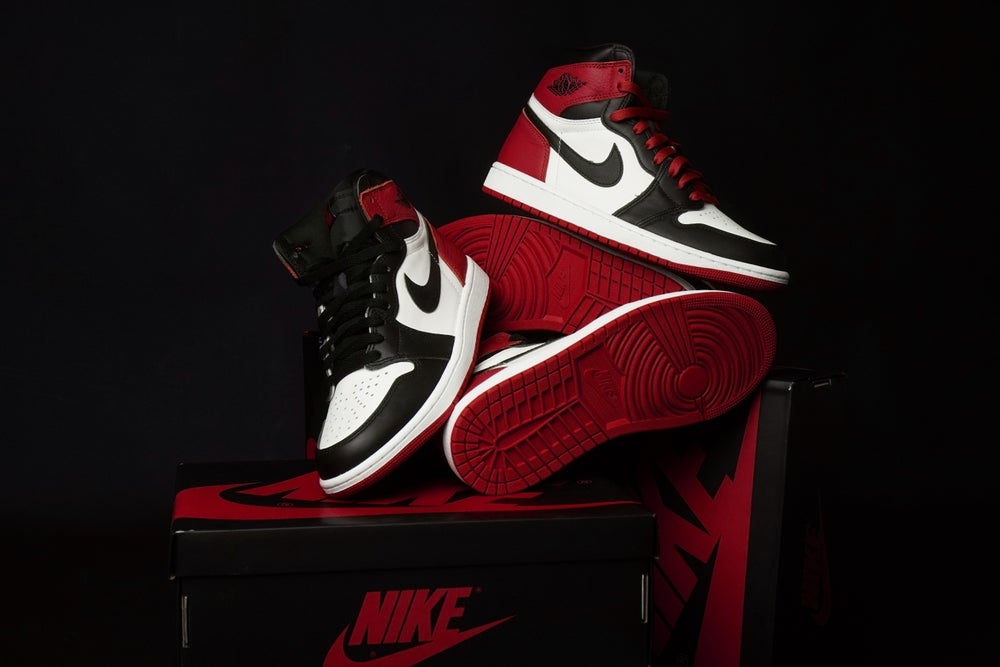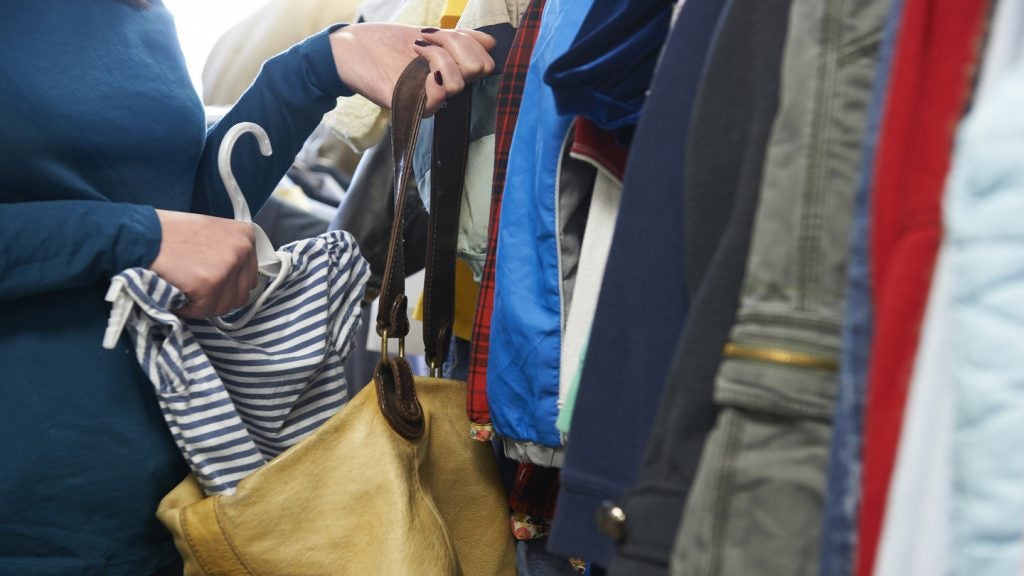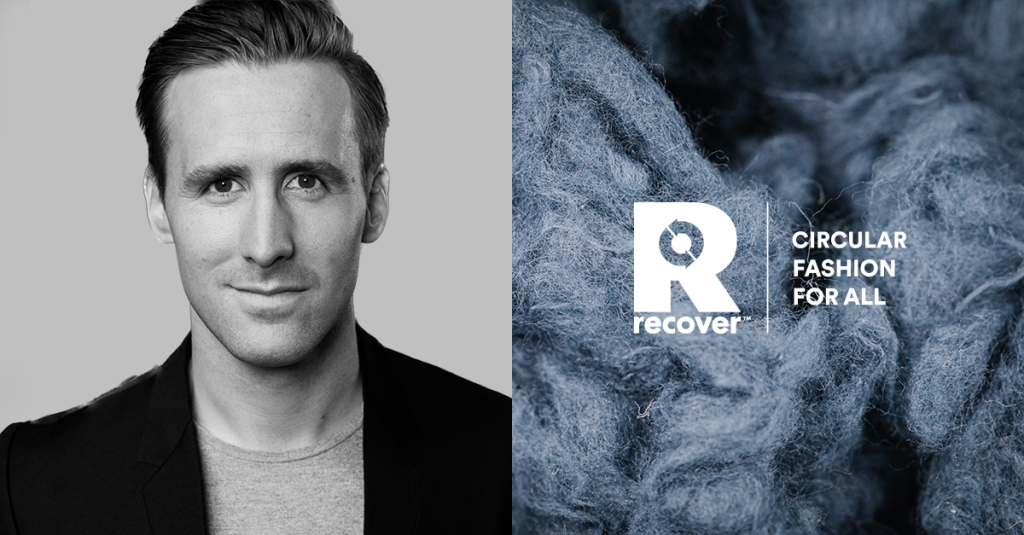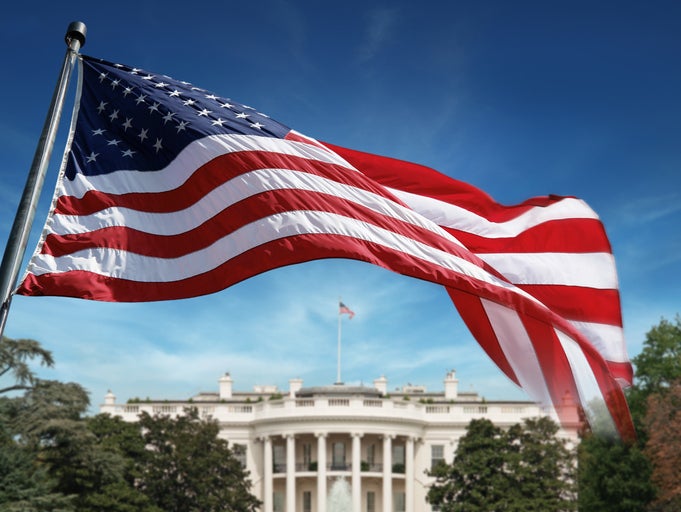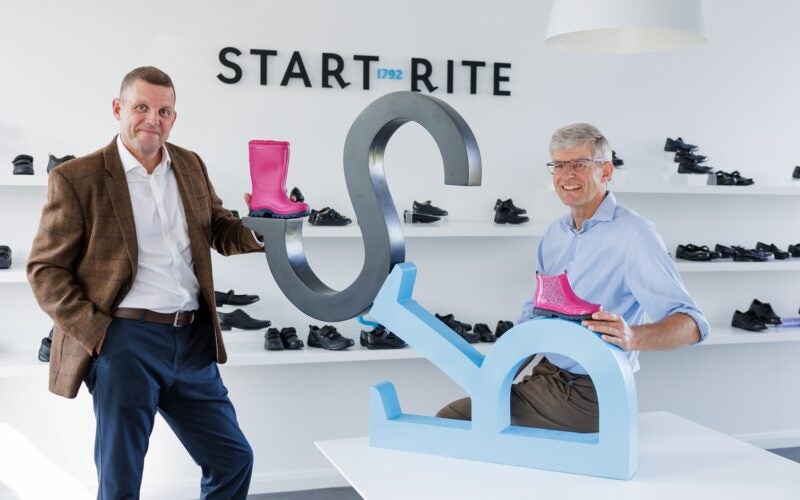Revenue at the US sports brand totalled $12.9bn in the first quarter of 2024 (ending 31 August 2023), up just 2% compared to the same period in 2023 on a currency-neutral basis. This is slower than FY2022/23 when Nike saw sales rise by 9.6%.
Wholesale revenue was also flat compared to 2023 and up just 1% on a currency-neutral basis, staying at $7bn.
Revenues at Nike Direct – the brand’s online and offline direct-to-consumer sales platform – hit $5.4bn, up 6% compared to the same period in 2023, on a currency-neutral basis. Direct sales grew in all regions for the brand and Nike Brand Digital sales were also up 2% this quarter.
However, revenue growth for the Nike brand in North America fell 1%, although international markets performed better. Revenue in China grew 12%, thanks to a focus on premium retail and womenswear. Revenue in EMEA also grew 6%, despite inflationary pressures in the market.
Footwear proved particularly successful for Nike in Q1, with the Jordan brand seeing double-digit growth. Speaking on a call with investors, Nike’s president and CEO John Donahoe said: “Jordan is now one of the leading brands in North America with potential for so much more.”
Revenue at Nike’s Converse brand fell 9% to $588m, which it attributed to a decline in North America, although this was partially offset by growth for the brand in Asia.
In a statement, Donahoe says: “Q1 offered proof of what NIKE can deliver when we connect great innovation, great storytelling and great marketplace experiences to consumers. Moving forward, we are laser-focused on scaling these successes with greater consistency and speed as we continue to integrate and streamline our business. This is how we’ll extend our leadership position and drive growth over the long-term.”
Key results from Nike Q1 2024
- Revenue increased 2% to $12.9bn
- Net income was $1.5bn, down 1%
- Gross margin decreased 10 basis points to 44.2%
Chloe Collins, head of apparel research and analysis at GlobalData says: “Nike’s Q1 FY2023/24 results show that even the best sportswear brands are vulnerable in a highly inflationary market, with total revenue growth of only 2.0%, to $12.9bn, slowing considerably from FY2022/23 when sales rose 9.6%."
She believes cautionary consumers in its home market of the US are mainly to blame, with currency-neutral growth in North America down 1%, while international markets held up much better.
However, she highlights that Greater China revenue rose 12% as consumer spending continues to rebound following persistent lockdowns in 2022, and EMEA sales grew 6% despite also suffering from high inflation.
Collins continues: “Although Q1 was a muted quarter, there is hope that its performance will pick back up, particularly in H2, with spending in the US expected to improve in 2024, and Nike still reigning supreme in the sportswear stakes and benefitting from the overall downturn of Adidas.
She points out that hope also lies in the fact that Nike’s direct-to-consumer sales were up 6%, compared to wholesale which was flat. This shows that its own stores and website continue to offer a superior experience, and its strategy of focusing on direct sales is the right one.
However Collins notes: “Though trainers are still the footwear of choice for many consumers, with Nike’s Q1 footwear sales up 4%, sports clothing is failing to see the same uptick, with sales down 1% — a similar trend to what has been witnessed at Adidas so far in 2023. Shoppers tend to be more brand loyal with their trainer purchases and are happy to pay more for the latest styles, whereas with clothing, consumers are still enjoying the opportunity to dress up in more fashionable styles again after living in leggings, joggers, and sweatshirts during the pandemic."
As a result she says sports brands like Nike are having to work harder to drive clothing sales and should tap into the streetwear trend as much as possible to generate fresh demand.
She concludes: "Nike should also consider more collaborations with other brands for its clothing, as currently most of its partnerships focus on footwear.”
The brand also managed to retain its status as the 'most valuable' brand earlier this month.


